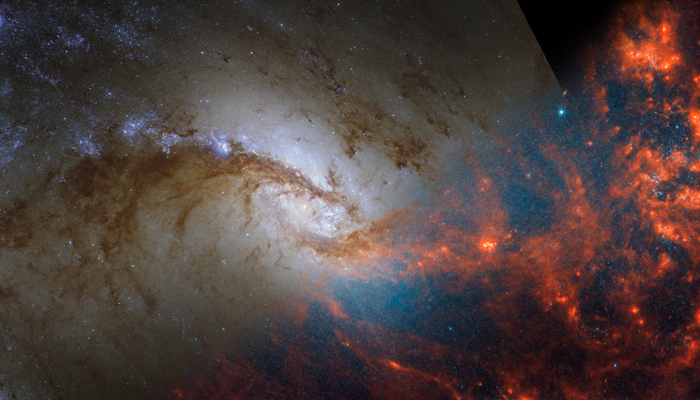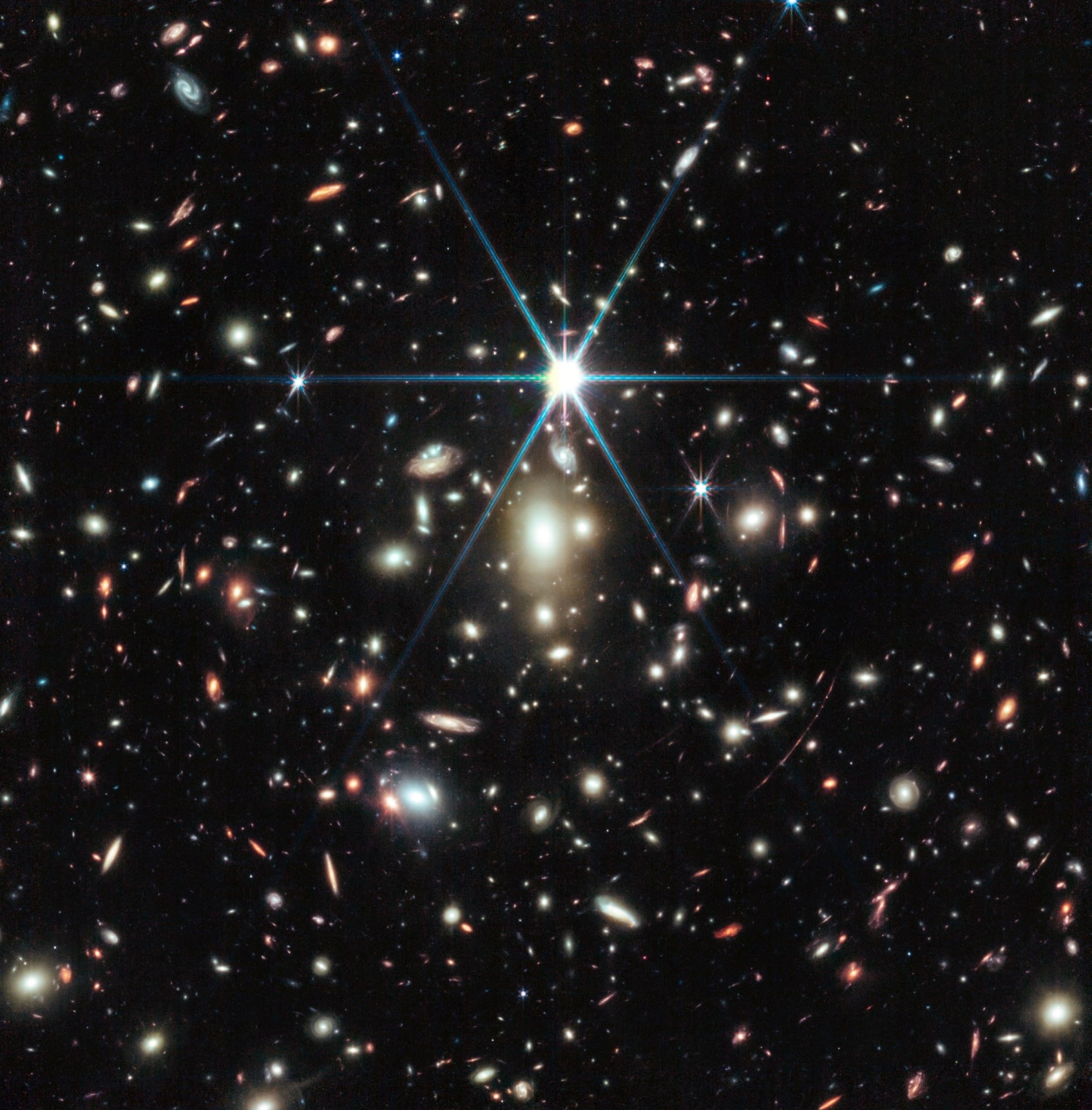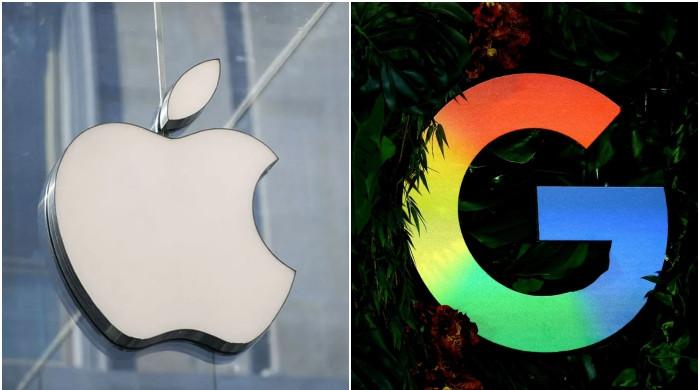Milky Way hosts stars as old as Big Bang, new JWST data shows
James Webb Space Telescope picks up 13 billion years' old stars in Milky Way's Halo cloud
May 15, 2024

Scientist while analysing data from James Webb Space Telescope found the oldest stars in our Milky Way galaxy, according to research published in the journal Monthly Notices of the Royal Astronomical Society Tuesday.
The stars are located in a cloud in our Milky Way called Halo, and their age is believed to be about 12 to 13 billion years — the time when the universe was being organised, reported Popular Science.
The Big Bang theory suggests that the universe began 13.8 billion years ago as a small, dense fireball that exploded. While the theory is widely accepted, the cause of this explosion remains a mystery.
Scientists have named them Small Accreted Stellar System (SASS). Astronomers also maintain that each star has its galaxy but is engulfed by a larger one.
The team of MIT researchers is now searching the other sides of Milky Way, to find other large bodies.
MIT astronomer and astrophysicist Anna Frebel said in a statement through MIT News: “These oldest stars should definitely be there, given what we know of galaxy formation. They are part of our cosmic family tree. And we now have a new way to find them.”

"While most of our classes are taught from the ground up, this class immediately put us at the frontier of research in astrophysics," Hillary Andales, a study co-author and member of MIT’s Class of 2023, said.
The research also included the students and undergraduates.
"It took a lot of hours staring at a computer, and a lot of debugging, frantically texting and emailing each other to figure this out," MIT undergraduate Ananda Santos said in a statement. "It was a big learning curve and a special experience."
"Now we can look for more analogs in the Milky Way, that are much brighter, and study their chemical evolution without having to chase these extremely faint stars," said Frebel.











